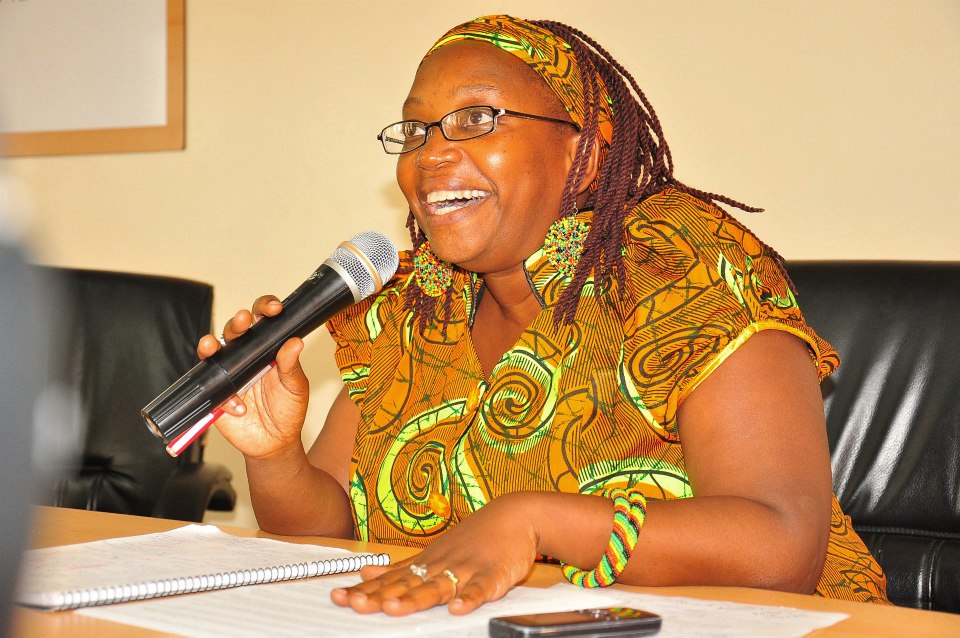he latest directive by President Yoweri Museveni stopping rice growing in wetlands threatens the livelihood of more than 40,000 Ugandans, mainly farmers, but also processors and traders.
Museveni recently heightened his opposition to the practice with directives issued as early as 2019, though they were hardly implemented. But in July 2021, a cabinet resolution was passed and communicated to the Minister of State for Environment Beatrice Anywar, to institute a ban on rice farming in wetlands, as part of the ways to restore the environment.
The President has also demanded the cancellation of land titles issued to Chinese companies in Lwera and other areas to grow rice in wetlands. He had earlier directed the ministries of Lands and Environment to withdraw land titles from Chinese companies growing rice in Lwera along the Kampala-Masaka road.
“No one should build or buy land in the road reserves or wetlands. You will lose your money and we shall NOT compensate anyone. Your titles will be canceled. Tampering with wetlands is not a good practice for our environment. Even those planting rice in swamps should desist,” said President Museveni in a tweet earlier this month.
In line with the same directive, Prime Minister Robinah Nabbanja asked the two ministers last month, to urgently prepare a Cabinet paper to facilitate discussions and decisions of the government on this matter. In response State Minister for Environment, Beatrice Anywar said that people holding titles for land in wetlands are doing so illegally and will be made to pay for the removal of their structures.
The Uganda National Farmers Federation says the ban would affect almost 40,000 Ugandans involved in rice-growing, processing, and trade, but agrees that there is a need to protect the environment because that is the backbone of agriculture.
However, Federation President Dick Nuwamanya says that the directive should be implemented after sensitizing the farmers and empowering them on alternative economic projects, adding that most of the rice is grown in wetlands.
Rice-growing in Uganda is dominated by small-scale farmers. The high growth in the number of farmers from 4,000 to almost 40,000 in the last two decades, according to estimates by the National Agriculture Research Organization, NARO, was mainly because of the uptake of upland rice-growing, but also the opening up of rice fields in swamps.
In 2011, the government of Japan also launched the Promotion of Rice Development (PRiDe) project in partnership with the Ministry of Agriculture, Animal Industry and Fisheries and its agencies, and a program to increase rich output by 20,000 tons.
In November 2018, the agriculture ministry launched a campaign to increase rice output through the ‘Enhancing National Food Security through Increased Rice Production Project.’ and Rice has been included in the vital subsectors under the third National Development Plan, which must be supported to boost economic development due to its growing importance.
The Ministry of Agriculture also says there is evident high demand for rice in Uganda, in the region, and on the international market because of the increasing populations, especially in the urban areas. The popularity of rice is also attributed to the long shelf-life of between 3 and 6-months but can take up to two years with adequate technology. Some rice varieties like NERICA 4 are also more resistant to drought and disease than several crops, and this attracts farmers’ interest in it.
Rice is recognized by the government under the Agriculture Sector Strategic Plan as a priority and strategic crop which aims to improve food security and incomes of about 400,000 smallholder farmers.
According to a regional agriculture promotion charity, Kilimo Trust, Uganda is still producing below capacity by up to 45 per cent. The output of rice has been growing at an average rate of 10.3 per cent for paddy and 5.8 per cent for milled rice annually.
“The increase is driven by population growth at a 3.2 per cent rate per annum, increasing urbanization, changing eating habits and preferences with rice considered a superior food, as well as the increasing, installed milling capacity of new players and existing ones,’ says Kilimo.
Last month, the President also asked United Nations (UN) agencies in Uganda to help promote fish farming and replace rice farming in wetlands, as the former is more profitable, while the latter is more dangerous.
-URN





